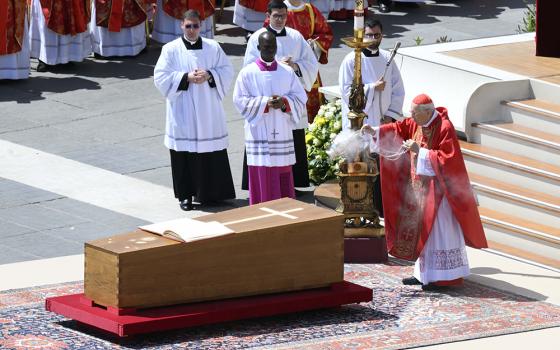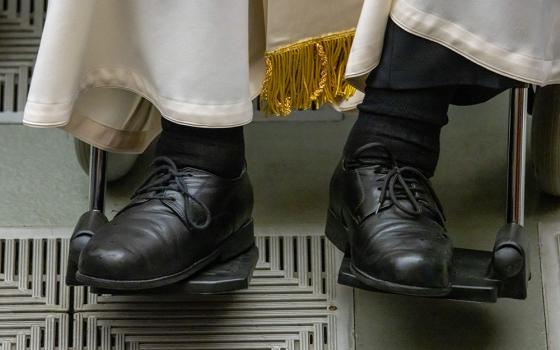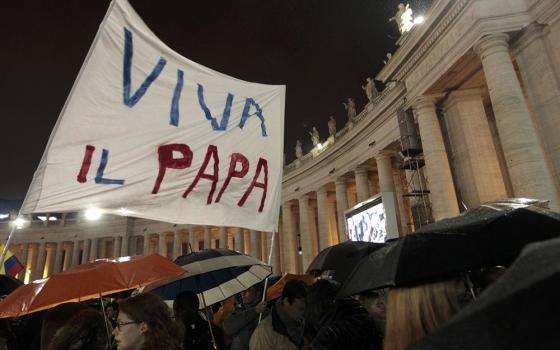Christianity's beginnings are rooted in violence: Christ was nailed to the cross. And now that much of theological discourse has gone online, that violence reveals itself as verbal assaults, said Loyola University New Orleans professor Daniella Zsupan-Jerome.
"In the digital context, suffering takes the form of violent language," she said at a workshop on digital media and evangelization at St. Mary's College in Moraga, Calif.
Zsupan-Jerome, author of Connected toward Communion: The Church and Social Communication in the Digital Age, used NCR's experience with reader comments as a case study: In January 2014, many comments became so vicious, NCR shut down the comments feature for a month. NCR reopened comments after putting in place several more stopgaps, including instituting a process requiring commenters to supply a valid email address.
Since then, comments have remained more civil.
One lesson from the NCR comments, Zsupan-Jerome said: "We engage in verbal violence online because we can get away with it."
Social media may be the term used for websites that allow people to interact online, she added, but "it doesn't seem social to someone on a screen in the privacy of their own room."
The conference, "Sharing the Good News in the Era of Pope Francis: An Exploration of the Theology and Use of Digital Media in Dialogue and Evangelization," ran from June 8-12. It covered a history of Catholic communication and Pope Francis' messages, as well as practical guidance on creating videos and choosing delivery methods for sharing messages.
In his keynote address, Holy Ghost Fr. Anthony Gittins said to be evangelizers, Catholics must reach into the edges of society and out to marginalized people. This "boundary crossing" was at the heart of the mission of Jesus, who ate with sinners, washed the feet of his disciples and embraced the sick and disheartened with mercy and compassion.
"Jesus came to expose us to unsafe places. He reached out and touched those who were viewed as unacceptable," said Gittins, professor emeritus at Catholic Theological Union in Chicago.
Zsupan-Jerome, a professor of liturgy, catechism and evangelization at Loyola, stressed that in reaching out today, the Catholic church should embrace digital communication, not go online simply to keep up with the younger generation. Doing so "makes us a reactive church," she said. "It means we're lost in the flow."
She added that in the digital age, the church is simply continuing its tradition of spreading news about Christ. "Before technology, we were called to be communicators of good news," she said.
"The church should be rooted in this inheritance, rooted in the identity of Christ, the perfect communicator."
To counter online verbal violence, Zsupan-Jerome said, it helps to understand where the speaker is coming from, whether from a need to compete or as a way of challenging authority.
Displaying an image of two young boys fighting over a toy, she described how parents help children share toys -- how to be playmates rather than rivals.
"Christian communicators can do the same," she said. When a group of people get together to make a decision, she added, many have personal conflicts as well as differing personalities and histories. Yet many times, they are able to come to an agreement.
The fact that we can get along despite all these differences, she said, "that's not our own work. That is the work of the spirit."
[Mandy Erickson is a freelance writer based in the San Francisco Bay Area. NCR West Coast correspondent Monica Clark contributed to this story.]





